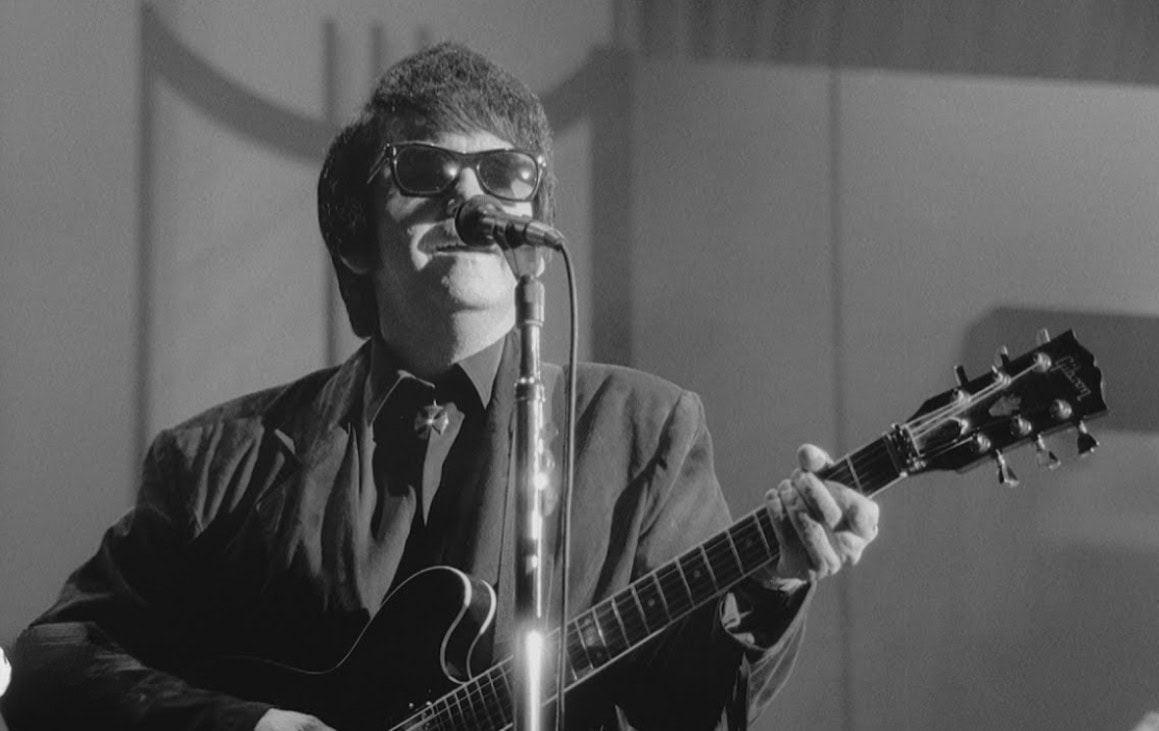
Roy Orbison, a titan of rock and roll, crafted a unique sound that blended elements of country, blues, and gospel. His distinctive vocal style, characterized by its soaring high notes and emotional depth, set him apart from his contemporaries. “Only the Lonely,” a timeless ballad released in 1960, showcases Orbison’s unparalleled ability to convey heartfelt narratives through his music.
The song’s introspective lyrics explore themes of loneliness, isolation, and longing for companionship. Orbison’s haunting vocals, coupled with the melancholic melody, create a poignant atmosphere that resonates with listeners. The song’s bridge, a particularly emotive section, features Orbison’s signature high notes, reaching for a celestial quality that evokes a sense of yearning and despair.
Beyond its emotional impact, “Only the Lonely” is a testament to Orbison’s songwriting prowess. The song’s structure is meticulously crafted, with a repeating chorus that serves as a haunting refrain. The arrangement is sparse, allowing Orbison’s vocals to take center stage. The instrumentation, which includes a mournful guitar and a subtle bassline, provides a supportive foundation for the song’s emotional journey.
“Only the Lonely” has endured as a classic for a reason. Its timeless themes, coupled with Orbison’s extraordinary vocal performance, have resonated with audiences for decades. The song’s enduring popularity is a testament to Orbison’s enduring legacy as one of the greatest vocalists in rock and roll history.
Video
Lyrics
Only the lonely
Only the lonely
Only the lonely
Know the way I feel tonight
Only the lonely
Know this feeling ain’t right
There goes my baby
There goes my heart
They’re gone forever
So far apart
But only the lonely
Know why
I cry
Only the lonely
Only the lonely
Only the lonely
Only the lonely
Know the heartaches I’ve been through
Only the lonely
Know I cry and cry for you
Maybe tomorrow
A new romance
No more sorrow
But that’s the chance
You gotta take
If your lonely heart breaks
Only the lonely